Dealing with Temper Tantrums: The trick you haven’t used yet
I thought it would be a nice breakfast out.
My husband was golfing with his parents and brothers, so it was just me and my kids.
We slid into a teal green booth at the Oink Cafe.
“Mommy, I want to sit by you,” my nine-year-old daughter slid into the booth next to me leaving her four-year-old brother to sit by himself on the other side.
Ooooh…I knew that wasn’t happening.
I saw his face crumple. He opened his mouth and before he could say a word, I interjected with…
“No, why don’t you both sit together?”
That’s when the standoff began.
“I don’t want to sit by him, he’s mean.”
“I don’t want to sit by Sissy. I want to sit by you Mommy.”
I held firm.
My daughter pouted, but my son… my son’s face dissolved into tears. He went completely red-faced and teardrops fell onto the formica table.
This is turning into the breakfast from hell.
First, I got mad. I felt so helpless. Dealing with temper tantrums is hard enough at home without other parents staring at you.
Then, I understood.
“Come here buddy”
He crawled under the table and cuddled against me on my left side. My daughter climbed in on the right.
Was it the best breakfast? Nope. In fact, I had to ask for boxes so we could leave and finish the rest at home.
But, I didn’t break down. I didn’t yell.
Here’s what I told myself to control all my raging emotions.
Keeping calm when you want to yell (or cry)
Before you can employ this strategy, you need to realize a few things about kid’s brain development.
If you don’t take these to heart, you’ll simply get mad at me for the solution.
You’ll think I’m ridiculous, that this strategy can’t possibly work… you simply won’t buy in.
So, let’s prevent that, because this is key to having fewer meltdowns as a mom so that you can get through to your kids during tantrums.
This is your child’s brain
According the book, No-Drama Discipline, you can think of a child’s brain having four parts.
You’ve heard of the left brain and the right brain.
But this is about the upstairs brain – where decision making takes place- and the downstairs brain – think cornered hissing reptile.
In adults, our upstairs brain is fully developed. We make sound decisions – most of the time – we have empathy, strong morality as well as flexibility and adaptability.
You may be reading this list and think – yep, cannot say those are strong traits in my child. That’s because their upstairs brain is unfinished.
But oh, that downstairs brain with the ability to respond with defensiveness and attacks (hello, tantrums)… that one is fully formed.
And that’s the one we’re seeing in a full blown tantrum.
It’s not a question of your child deciding NOT to control themselves in a situation, it’s that they physically CAN’T control their wild emotions.
This leads to meltdowns, crying, throwing, yelling, screaming… you name it and your little reptile will respond that way.
What can you do besides yell?
Child development experts, Daniel J. Siegel, M.D. and Tina Payne Bryson, PH.D suggest that “connection should be our first response in virtually any disciplinary situation.”
But how do we connect?
Simple. We go to our children and hold them. Hug them. Keep them close.
It will feel totally foreign to ways you’ve handled tantrums in the past. You may be wondering:
Aren’t I rewarding my child for his bad behavior?
No. Not at all. Because your child doesn’t even know his behavior is inappropriate when he’s in a full-scale meltdown.
Words won’t work.
You’ll need to calm that little reptiple down before he will listen to anything you have to teach him about appropriate behavior.
When you hold him, a few things will happen:
- He will stop screaming eventually
- He’ll be able to tell you what he did
With my son at breakfast, as soon as he calmed down, he whimpered “I’m sorry for yelling.”
(You may not get an I’m sorry immediately. I’ve been using this strategy with him for awhile.)
But when he apologized, I still couldn’t talk to him about his behavior. I was too mad and holding back tears myself.
Because being a mom is hard.
When you have your own emotions under control
At home, we talked about how to handle emotions besides screaming in the middle of a restaurant and saying mean things to his sister.
I told him how I felt and he seemed to understand.
Connecting first and calming down before disciplining for tantrums is not a quick simple fix. But it is a way to get discipline to stick and help to develop your child’s upstairs brain while calming the downstairs one.
You might also like:
5 Alternatives to Timeout that you can use immediately for discipline!
6 Positive Discipline Steps That Will Change Your Child’s Behavior

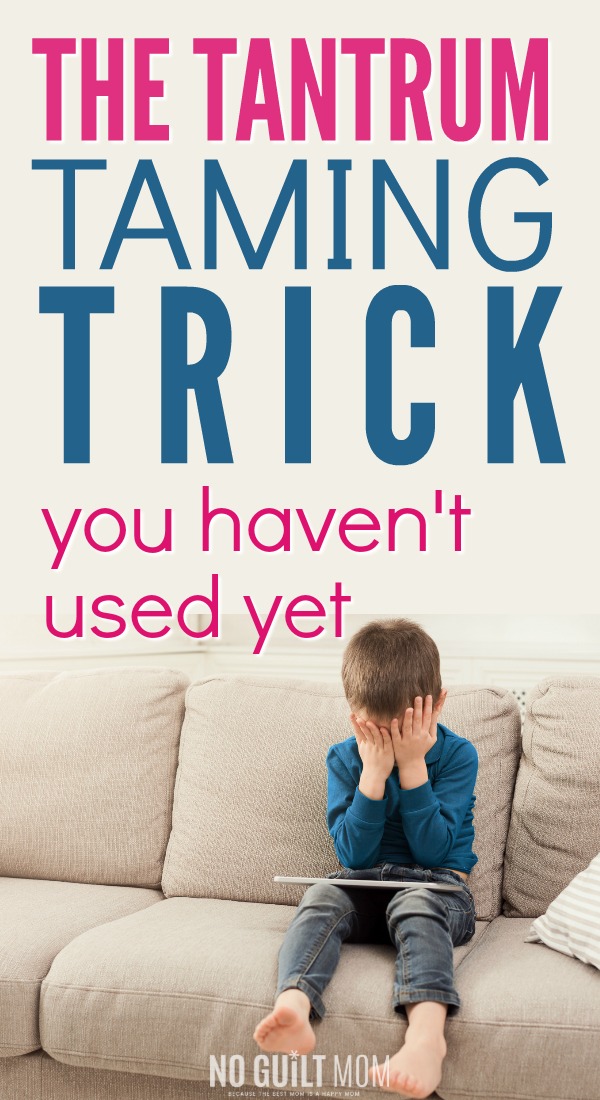

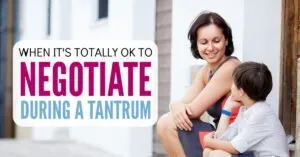



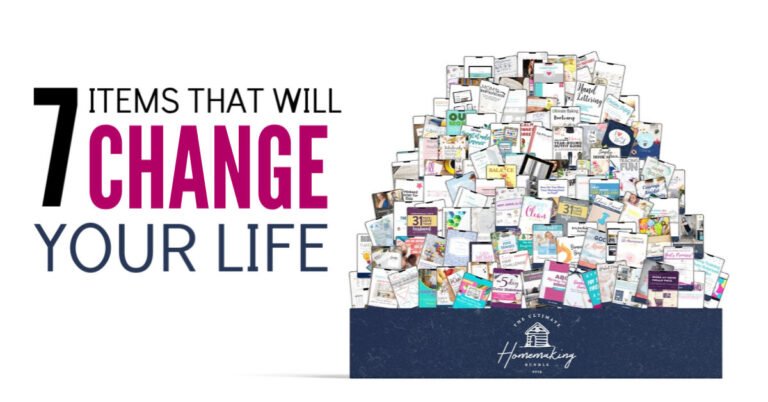
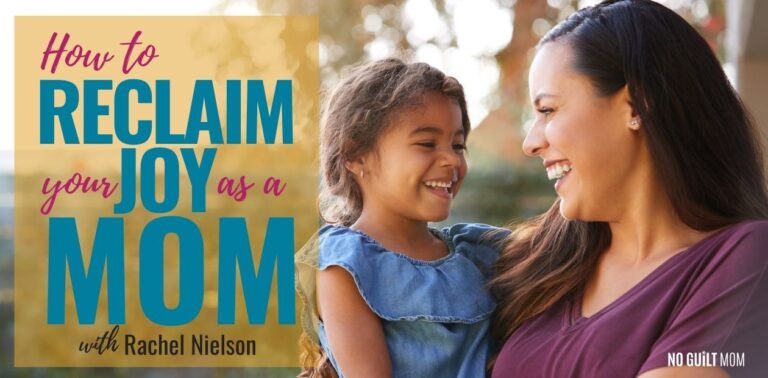
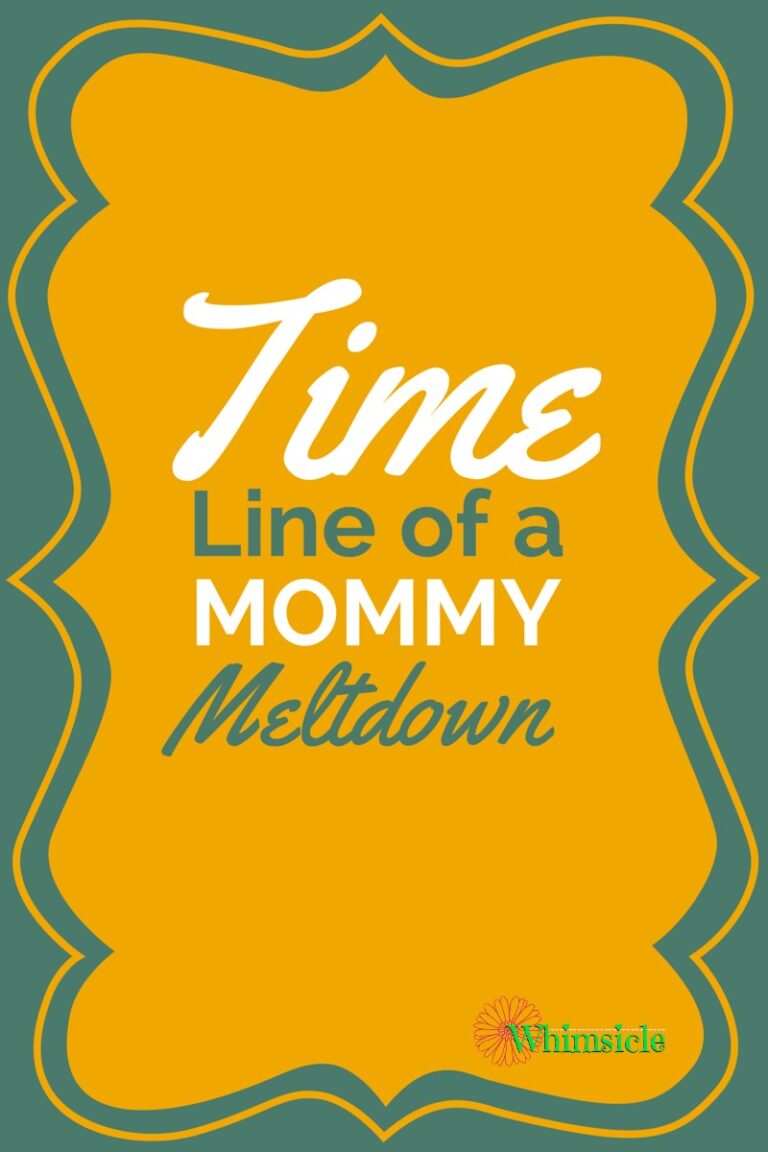
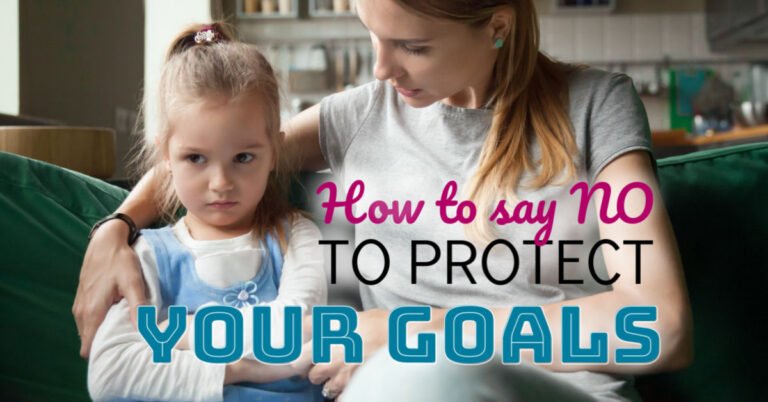
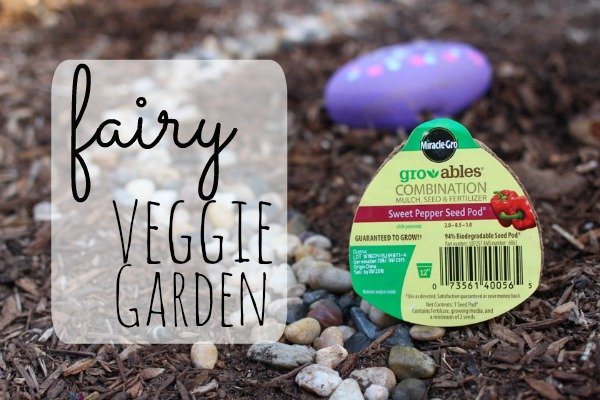

One Comment
Comments are closed.